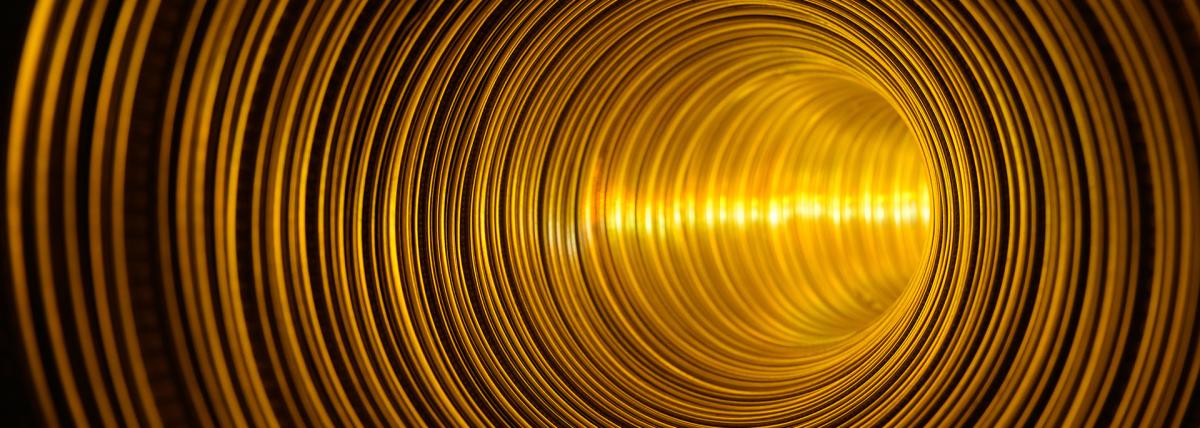
Hydro-dipping and Dish Soap Painting
Students will experiment with stirring colors and creating effects, to learn through experimentation while creating a piece of art. The purpose of this lesson is to use visual arts to explore scientific processes and learn about physical properties. The outcome should be one or two successful pieces of visual art. Read the entire lesson before diving in.Change of state and the physical traits luster, malleability, density, viscosity, precipitate are related more to Science.
About dish soap painting:
This is a reduction method where a base layer is applied, set to dry, then liquid soap creates a design that will resist the last paint layer. A final layer of solid color is applied, dries, and finally the soap is rinsed off.
About hydro-dipping:
Cover the surface of an enclosed body of water with spray paint (in a bucket or bin). Swirl it with a stirrer or stick to create marbled effects. Then dip an object into the water to allow the marbled paint to stick to the surface.
Once students have compiled information and results, they will collaborate and plan how to present their work. They will use communication skills to share their technical information with an audience.
Lesson Plan Link/URL
https://docs.google.com/presentation/d/1xaN2ZsC9mzloLmwzdelRHal8hm8G2J5w/edit?u…Subject Area
Science Physical Science P4: Energy Transfer Engineering S6: Apply Communications to Engineering English Language Arts (ELA) Writing Speaking & ListeningRelated Content

In this engaging lesson, students will research and design rhythm sticks. They will use them in music and PE class to exercise and create music with. This hands-on lesson incorporates multiple areas

In this activity, students read about discovering energy and the impact encountered by ships at sea. Students will have the opportunity to read about how lighthouses can solve those problems and

Students will use published scientific data and current evidence to identify the phenomenon known an urban heat island effect. Students will first analyze temperature data as well as land-use data